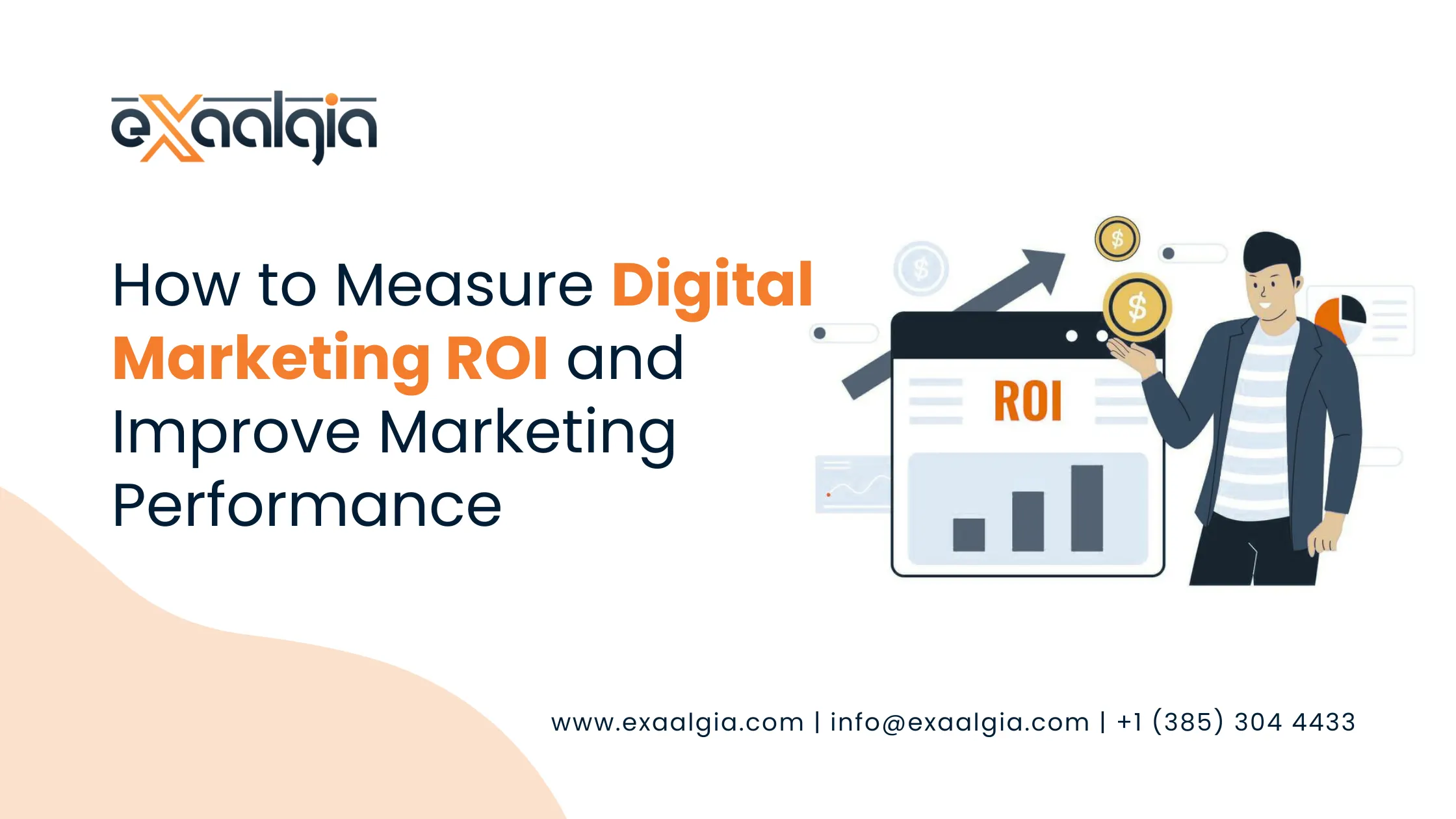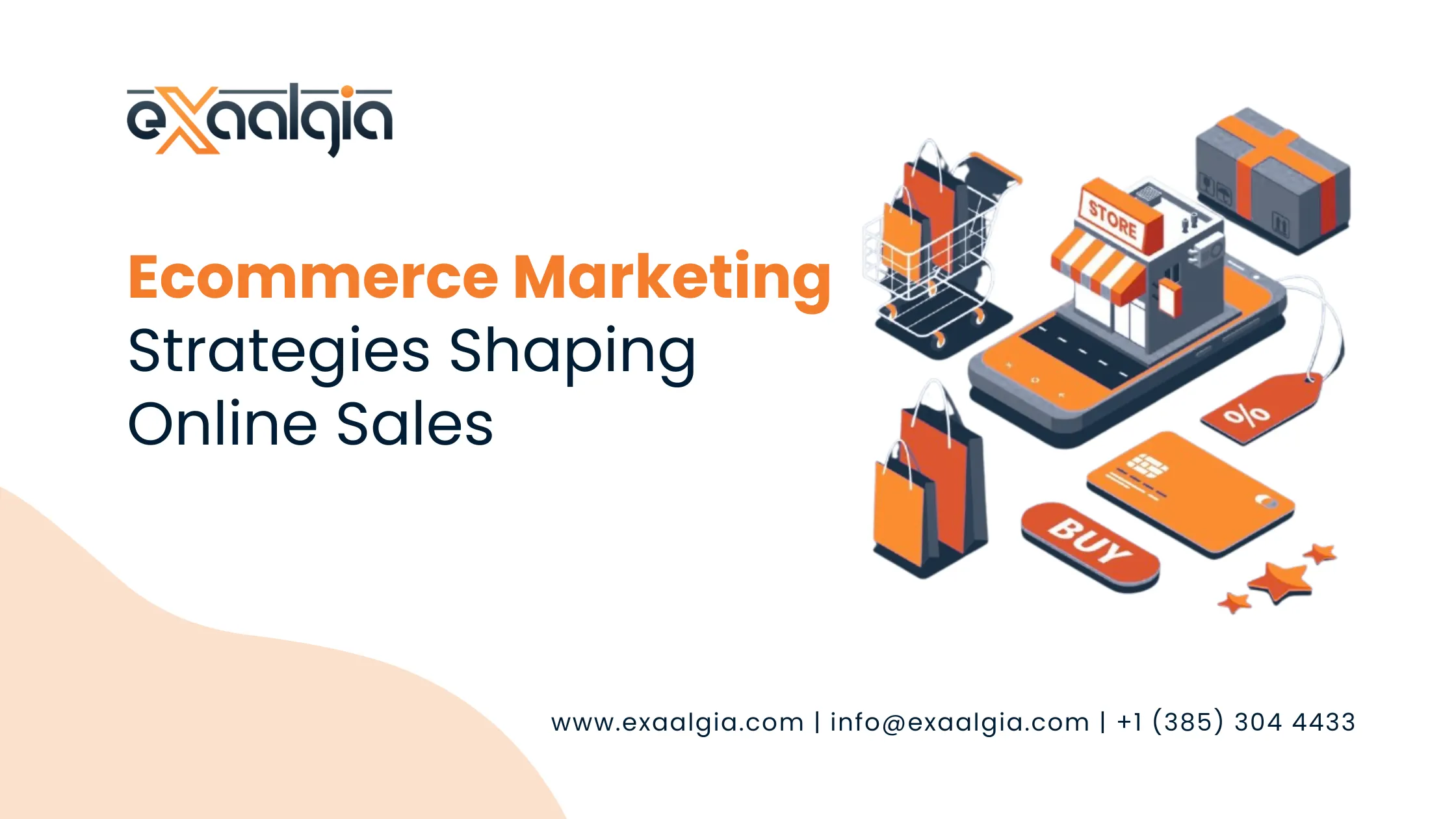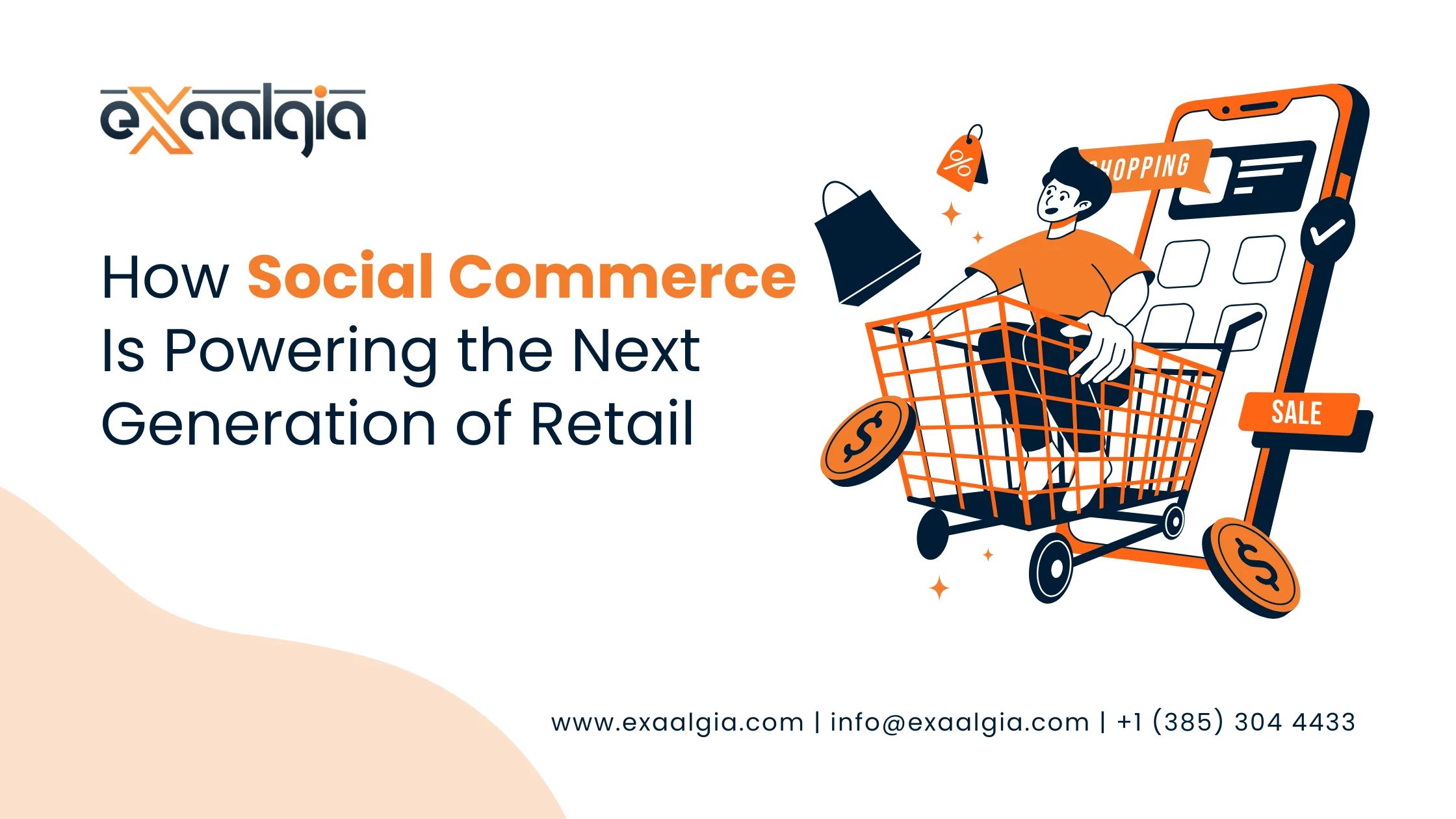In the current digital-first landscape, marketing isn’t just about visibility. You can create thousands of advertisements, posts and marketing campaigns, but if it doesn’t reach the right people, you’ll never see results. This is why the underlying idea of a target audience is central to any marketing strategy that achieves results.
The target audience is not just a group of consumers, it is the segment of the market that will most likely connect with your brand and connect with your messaging, ultimately converting them into paying customers. Knowing your target audience will not only let you produce the content that you want to produce, but it also allows you to focus your SEO strategy and create a marketing funnel that can measure success better, clearer indicators of success.
Emerging data suggests that businesses that create tailored campaigns for their target audiences have almost double the conversions as campaigns that are generalized. This reflects why targeting, identifying, analysing and engaging your target audience should not be the optional step it is looked at as. It is one of the fundamental principles to sustainable success.
What is a Target Audience?
The Basic Definition
A target audience is a specific type of consumer that a business hopes to sell its products, services, and marketing messages to. Rather than targeting “everyone,” marketers who take the smart approach will aim their products, services, and marketing messages focused at the people who are most likely to buy from them.
For example, let’s say a company that sells eco-friendly baby products may see its target audience more specifically in new parents, ages 25-40, and not only had the ability to identify its target audience and market, but cared about sustainability and treasure convenience. Knowing all of this allows marketers to better tailor campaigns, get more done in less time, and build brand loyalty.
Why is a Target Audience Different from a Target Market?
It is easy to confuse the two. A target market is a larger group of potential customers that may benefit from your products, while a target audience is much more specific. It is the exact group of people that you have tried to reach with a message, campaign, or product launch.
To think of it this way: a target market is the forest and a target audience is the tree that we have to understand first and take care of.
Types of target audiences
Target audiences come in all different forms. Businesses can segment their audiences based on a variety of factors, here are the main types:
Demographic Audiences
Demographic audiences are characterized by quantifiable attributes, including age, gender, income, occupation, or education level. For example, a brand of luxury watches might focus on males aged 30 – 50 with high incomes.
Psychographic Audiences
Psychographic audiences focused on attitudes, values, interests and lifestyle. A fitness app might target people who are health enthusiasts, performance bosses, and like tracking (tracking is a thing).
Behavioral Audiences
Based on behaviors including purchase patterns, browsing behavior and usage of products. For example, a frequent online shopper who leaves items in the shopping cart executes a marketing point which is likely to see remarketing target viewers.
Geographic Audiences
Segmented based on location, which can be as broad as global and as narrow as your local neighborhood. For example, a coffee shop chain wants to target consumer behaviour – can it target consumers within a 5 mile range of the shop.
Multi – layered audiences
Modern businesses often layer these types to provide a fuller persona, for example Target millennial parents (demographic), that live in urban areas (Geographic), that live eco-friendly lifestyles (Psychographic) and shop online frequently (behavioural).
How To Identify Your Target Market
Finding your target market isn’t just guesswork; there are clear steps to arranging it. Follow these steps:
Examine Your Current Customers
Look at who is already buying from you. Dig into purchase histories, customer surveys, and feedback forms. Find the trends in age, location and what’s important to them.
Study Market Research Reports
Market research in your sector will give you insights into wider consumer behaviours. As an example, some researchers might show how Gen Z values shopping via their mobile devices might be more than older generations, if you are an ecommerce retailer.
Use Analytics
You can also use Google Analytics, Semrush or social media statistics to find out who is visiting your website or responding to your campaigns. The analytics tools can give you insights into age range, device usage and which content they engaged with.
Make Buyer Personas
What your goal is to take your data and produce human-like representations. For example, you may consider “Sarah, 32, a working mom who likes to have convenience and does her shopping online, usually at night.” At this stage your goal is to create the personas, so the strategy feels less abstract.
Monitor and Regularly Update
Consumer behaviours change quickly, therefore you should regularly update your consumer research so that you can ensure your targeting remains relevant and effective.
How To Reach and Engage Your Audience
Getting your audience is half the battle, now it’s time to get them engaged.
1. Make Your Messaging More Personal
Generic ads don’t work anymore. You need to tailor your tone, visuals, and offerings to suit your audience. It has been found that personalized e-mail marketing campaigns have a engagement rate 25% higher than generalized e-mail marketing campaigns.
2. Craft the Right Channels
Different channels have different audiences. For instance, Gen Z may spend their time on TikTok. Business professionals likely spend their time on LinkedIn (which is why it’s called Business-Linked in the first place). You want to create an align strategy to concentrate on the same platforms as your target audience.
3. Use of Content Marketing
Using video, podcasts, blogs, and infographics are great ways to relate and educate. For example, a financial advisor might create a guide on “How to Save for Retirement” for millennials just entering the workforce.
4. Focus on SEO and CRO
While SEO (Search Engine Optimization) is critical for ensuring your content is found, CRO (Conversion Rate Optimization) is critical for ensuring it converts. You can provide optimal SEO by targeting site visit audience without being overly broad and including the keywords of your specific audience to ensure a more qualified lead.
5. Make an Emotional Connection
These days’ consumers want more than a transaction, they want an experience. You can deepen your trust and loyalty by using storytelling, having authentic brand values and by running social responsibility campaigns.
Common Challenges and How to Overcome Them
There are pitfalls to avoid when defining or engaging a target audience.
Over-generalization – Saying “everyone” can lead to increased wasted resources and weakened campaign efficacy by decreasing relevance. Be precise and drive targeting based on data.
Ignoring Psychographic or Behavioral Insights – Using demographics alone to define your target audience, will mask deeper motivators and the drivers of purchase.
Ignoring Old Data – Consumer preferences change quickly, even by the product use season, and will necessitate revisions to stay relevant.
Too Much Segmentation – Many audience segments with thin margins leave little to no resources to make communication impactful for each segment. You may receive ineffective segment income that shoots you down a niche.
Neglecting Evolution – Designers of audience insights must hold momentum in the evolution of integrating those insights as markets and behaviours change, to keep the relevance and efficacy of their engagement.
How Target Audiences Influence Marketing Outcomes
Defining your target audience impacts everything related to digital marketing:
- Content Strategy is sharper because you understand what your audience actually wants to read or watch.
- Ad Campaigns become more efficient because you are able to eliminate wasted impressions to your audience.
- Brand Positioning will be stronger because you’re speaking to the people who matter.
When it all comes down to it, targeting the right audience not only generates better outcomes, but smarter growth.
Real-World Examples of Target Audience Strategies
Nike
Nike is successful by targeting athletes, fitness-minded individuals, and lifestyle consumers with campaigns around empowerment and inspiration.
Apple
Apple concentrates on creative professionals, tech-savvy individuals, and brand-loyal communities who appreciate great design and innovation.
Starbucks
Starbucks targets urban professionals and coffee lovers by combining geographic targeting with a strong lifestyle community-based approach.
The Future of Target Audience Research in 2025 and Beyond
Thanks to AI, big data, and predictive analytics, brands have access to more insight into their consumers’ behavior than ever before. Hyper-personalized content, voice-search optimization, and omnichannel marketing are the technologies and tactics we will see the next evolution of target audience initiatives. Brands that can advocate their ethical approach to collecting data and the transparent use of that data will see benefits in the long term.
FAQs About Target Audience
1. What is the difference between a target audience and a buyer persona?
A target audience is a larger pool of potential customers, while a buyer persona is a fictional profile that represents an ideal customer from that audience.
2. How many target audiences can a business have?
A business can have several target audiences depending on the products or services offered. However, for each campaign the business launches, the campaign should focus on only one target audience to maximize effectiveness.
3. Why is defining a target audience important to digital marketing?
As abundant online content continues to be created, it is necessary to create relevant content, make optimizations to the ads run, while also gaining maximum value from its investments by considering only those people who are most likely to convert.
4. How often should I change my target audience?
At least once a year, and certainly if you launch any new products or services, things change in customer behaviour, or if you are entering into new markets.
5. Can small businesses target audiences?
Absolutely. In fact, small businesses often have more dependent results from their targeted marketing because they often have less budget. Less budget means it is often more cost-effective to target, and they can often align the campaigns quickly.
Next Steps to Engage Your Target Audience
Knowing your target market is no longer an option, it’s an essential component of any successful digital strategy. From content creation to media and advertisements, from branding to promotions, you can only be as good as your target audience. Businesses that do not define nor enhance their audience can easily underutilize their budgets, engage with audiences, or capitalize on opportunities.
On the other hand, brands that are research and target audience driven can better connect to their audience, improve their conversion rates and be sustainable for longer periods of growth. In the new normal with a rapidly evolving marketplace, those who listen to their audience will be the brands that will lead tomorrow.







